In terms of tourism potential, Gia Lai has full potential in ecology, culture and relics. Gia Lai tourism ecosystem is quite intact to exploit adventure tourism, discovery tourism, and picnics, which are majestic waterfalls, beautiful freshwater lakes, forests, volcanoes, etc.
[caption id="attachment_1138205" align="aligncenter" width="1200"]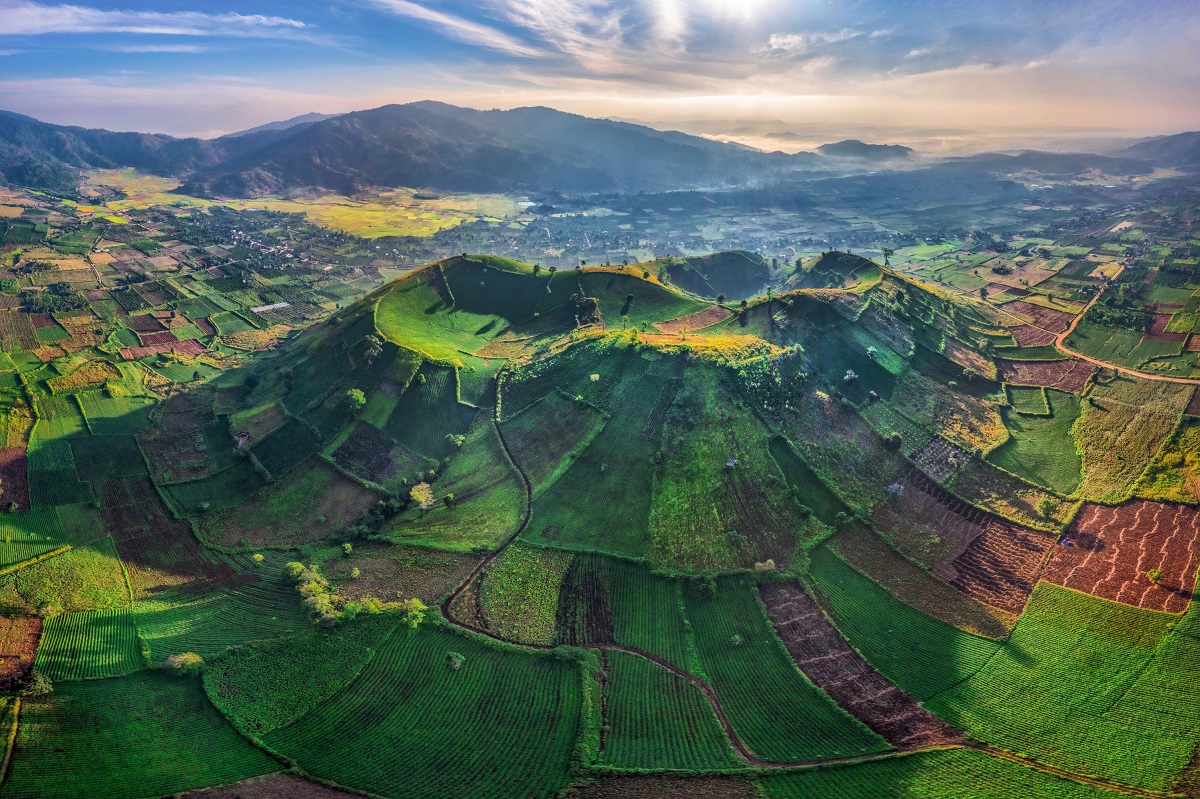 Tourist destinations in Gia Lai Collected[/caption] Accordingly, Gia Lai is currently focusing on developing community tourism based on the application, exploitation, maximization and effectiveness of advantages from indigenous natural resources, traditional culture, customs and practices of ethnic minorities in Gia Lai, typically the Bahnar and Jrai ethnic groups; combining the exploitation of the landscape environment of rural areas, creating tourism products and services to serve and attract more and more domestic and foreign tourists to Gia Lai, contributing to the economic restructuring, supporting the livelihoods of people in rural areas. Strengthening the attraction of social resources, especially from the private sector, active participation from the community for investment in community tourism development; forming community tourism models to ensure conditions for serving tourists; forming a value chain of a tourism product, connecting rural goods, traditional craft villages, services, linking points and tourist routes to ensure competitiveness in the market. Mobilizing all investment resources for tourism development, including promoting the role of local communities in sustainable tourism development; strengthening the mobilization of social resources, funding from international cooperation organizations, investment from enterprises, agricultural cooperation. Gia Lai has proposed specific content programs to develop tourism such as focusing resources on tangible and intangible culture and society, traditional culture, festivals, customs, beliefs, music performances, traditional dances, etc.; space, traditional architecture, cultural institutions, traditional handicraft products, cuisine, local specialties... Regarding beautiful landscapes, mountains, rivers, streams, waterfalls, fields, swidden fields, primeval forests... Building a community tourism model contributes to shifting the structure towards integrating multi-values, inclusiveness and sustainable development; identifying rural areas associated with promoting the potential advantages of agriculture, craft villages, culture and ecological environment of localities to form effective models. [caption id="attachment_1138207" align="aligncenter" width="1900"]
Tourist destinations in Gia Lai Collected[/caption] Accordingly, Gia Lai is currently focusing on developing community tourism based on the application, exploitation, maximization and effectiveness of advantages from indigenous natural resources, traditional culture, customs and practices of ethnic minorities in Gia Lai, typically the Bahnar and Jrai ethnic groups; combining the exploitation of the landscape environment of rural areas, creating tourism products and services to serve and attract more and more domestic and foreign tourists to Gia Lai, contributing to the economic restructuring, supporting the livelihoods of people in rural areas. Strengthening the attraction of social resources, especially from the private sector, active participation from the community for investment in community tourism development; forming community tourism models to ensure conditions for serving tourists; forming a value chain of a tourism product, connecting rural goods, traditional craft villages, services, linking points and tourist routes to ensure competitiveness in the market. Mobilizing all investment resources for tourism development, including promoting the role of local communities in sustainable tourism development; strengthening the mobilization of social resources, funding from international cooperation organizations, investment from enterprises, agricultural cooperation. Gia Lai has proposed specific content programs to develop tourism such as focusing resources on tangible and intangible culture and society, traditional culture, festivals, customs, beliefs, music performances, traditional dances, etc.; space, traditional architecture, cultural institutions, traditional handicraft products, cuisine, local specialties... Regarding beautiful landscapes, mountains, rivers, streams, waterfalls, fields, swidden fields, primeval forests... Building a community tourism model contributes to shifting the structure towards integrating multi-values, inclusiveness and sustainable development; identifying rural areas associated with promoting the potential advantages of agriculture, craft villages, culture and ecological environment of localities to form effective models. [caption id="attachment_1138207" align="aligncenter" width="1900"] 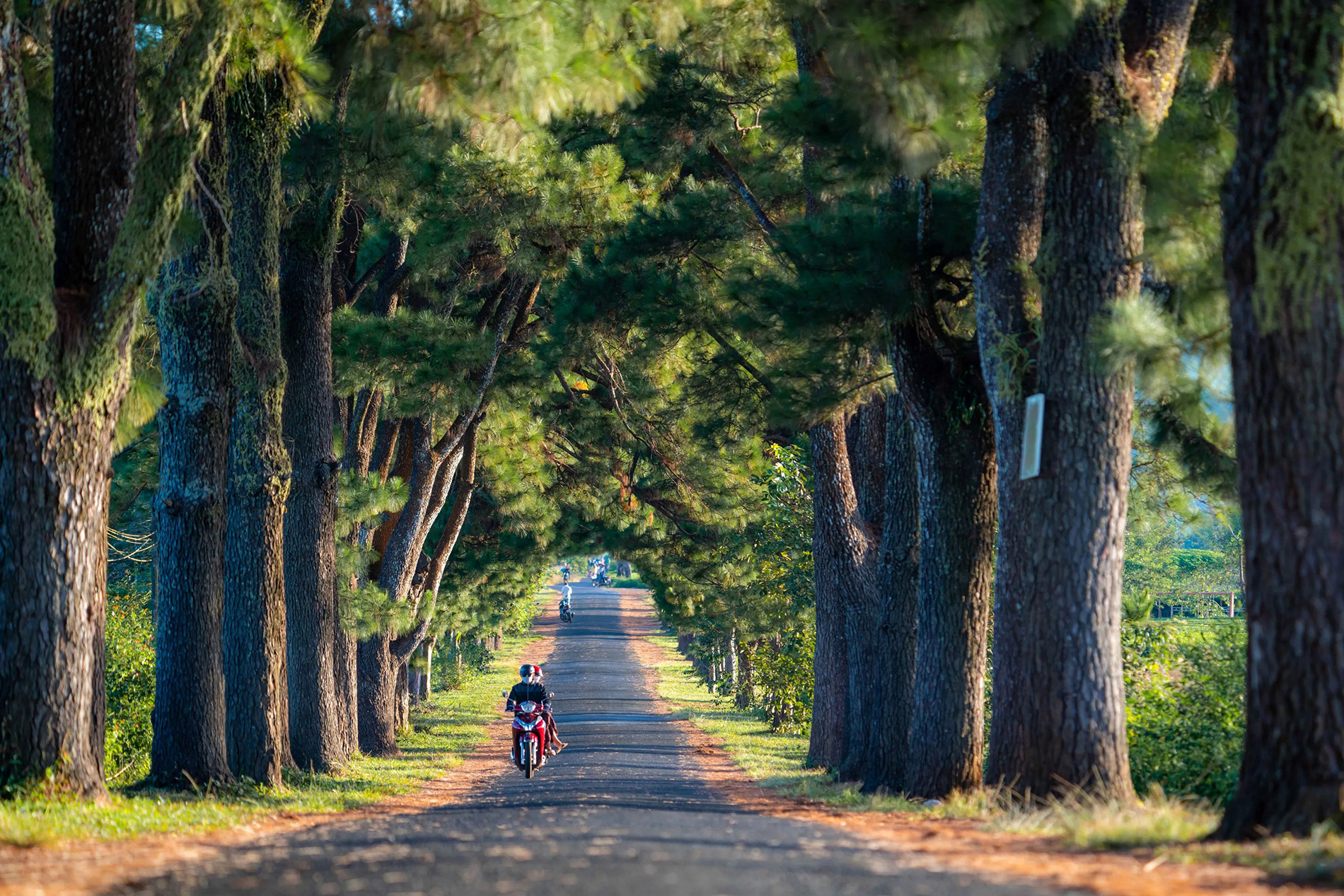 Beautiful scenery in Gia Lai Collected[/caption] Complete the construction of items and operate the "OCOP product development model for community tourism in Mo Hra village, Kong Long Khong commune, Kbang district" by the end of 2025; continue to support investment in "Rural tourism model in STor village, To Tung commune, Kbang district" by 2025 and the following years; encourage localities to study appropriate criteria to build a community tourism model for Jrai ethnic minority villages in the following years, 2025-2030. Upgrade and build Rong houses, build parking lots, exhibition houses, support upgrading houses into homestays, toilets that meet local standards; equip public trash cans; handle trash. Equip musical instruments, performance props, collect, restore, and reconstruct artifacts. Support landscape restoration, resource enrichment, internal roads, lighting, tour maps, signs of households providing services to tourists. Design and install tourist signs. Build electronic information pages (website), operating computers, internet network equipment... Promote and communicate to develop tourism products typical of the model: Organize survey teams for newspapers and businesses; organize seminars and workshops to research and develop tourism products; create tourism films, promotional publications, develop communication programs; organize training to improve skills in serving tourists for the community; announce community tourism products of Mo Hra village, introduce to replicate the model. With the rural tourism model of Stor village, To Tung commune, Kbang district, in which traditional occupations such as: Sculpting, weaving, brocade weaving and cuisine are restored; Recreating cultural festivals of the Bahnar ethnic group (grave-leaving ceremony, new rice celebration, new house celebration... training artisans, training reception skills, welcoming guests, tour guides...; building and developing service infrastructure for rest stops, display points for local specialties, food, drinks, hygiene... recreating stilt houses, building motels for homestay tourism, houses serving cuisine, houses restoring traditional crafts; promoting images and brands; building databases and images to promote the brand of tourist villages; recreating the image of Hero Nup and villagers fighting against the enemy to save the country; building photo materials and short films to show to tourists; supporting the development of model gardens and fields of the Bahnar ethnic group; fruit orchards, processing facilities, developing typical products to participate in evaluating and certifying OCOP products, making them places for tourists to visit and experience. Along with training and Create and improve capacity for community tourism business workers, implement activities to promote and introduce community tourism; apply technology, promote digital transformation in community tourism development, including creating digital maps of community tourism products, supporting the connection of agricultural and rural products with other tourism products to serve the promotion of community tourism, enhance the application of big data, artificial intelligence (AI), virtual reality (VR) and augmented reality (AR) to gradually form and develop a smart tourism ecosystem to support and enhance the experience for tourists, creating conditions for tourists to experience safe, convenient and friendly tourism activities and services.
Beautiful scenery in Gia Lai Collected[/caption] Complete the construction of items and operate the "OCOP product development model for community tourism in Mo Hra village, Kong Long Khong commune, Kbang district" by the end of 2025; continue to support investment in "Rural tourism model in STor village, To Tung commune, Kbang district" by 2025 and the following years; encourage localities to study appropriate criteria to build a community tourism model for Jrai ethnic minority villages in the following years, 2025-2030. Upgrade and build Rong houses, build parking lots, exhibition houses, support upgrading houses into homestays, toilets that meet local standards; equip public trash cans; handle trash. Equip musical instruments, performance props, collect, restore, and reconstruct artifacts. Support landscape restoration, resource enrichment, internal roads, lighting, tour maps, signs of households providing services to tourists. Design and install tourist signs. Build electronic information pages (website), operating computers, internet network equipment... Promote and communicate to develop tourism products typical of the model: Organize survey teams for newspapers and businesses; organize seminars and workshops to research and develop tourism products; create tourism films, promotional publications, develop communication programs; organize training to improve skills in serving tourists for the community; announce community tourism products of Mo Hra village, introduce to replicate the model. With the rural tourism model of Stor village, To Tung commune, Kbang district, in which traditional occupations such as: Sculpting, weaving, brocade weaving and cuisine are restored; Recreating cultural festivals of the Bahnar ethnic group (grave-leaving ceremony, new rice celebration, new house celebration... training artisans, training reception skills, welcoming guests, tour guides...; building and developing service infrastructure for rest stops, display points for local specialties, food, drinks, hygiene... recreating stilt houses, building motels for homestay tourism, houses serving cuisine, houses restoring traditional crafts; promoting images and brands; building databases and images to promote the brand of tourist villages; recreating the image of Hero Nup and villagers fighting against the enemy to save the country; building photo materials and short films to show to tourists; supporting the development of model gardens and fields of the Bahnar ethnic group; fruit orchards, processing facilities, developing typical products to participate in evaluating and certifying OCOP products, making them places for tourists to visit and experience. Along with training and Create and improve capacity for community tourism business workers, implement activities to promote and introduce community tourism; apply technology, promote digital transformation in community tourism development, including creating digital maps of community tourism products, supporting the connection of agricultural and rural products with other tourism products to serve the promotion of community tourism, enhance the application of big data, artificial intelligence (AI), virtual reality (VR) and augmented reality (AR) to gradually form and develop a smart tourism ecosystem to support and enhance the experience for tourists, creating conditions for tourists to experience safe, convenient and friendly tourism activities and services.Thu Hang






![[Photo] Parade to celebrate the 50th anniversary of Laos' National Day](/_next/image?url=https%3A%2F%2Fvphoto.vietnam.vn%2Fthumb%2F1200x675%2Fvietnam%2Fresource%2FIMAGE%2F2025%2F12%2F02%2F1764691918289_ndo_br_0-jpg.webp&w=3840&q=75)



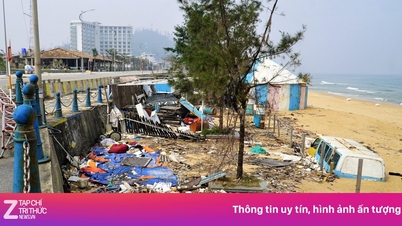
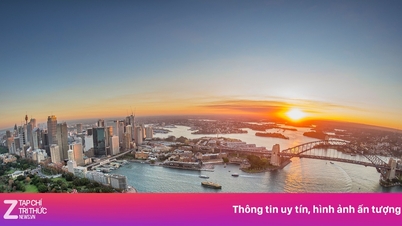
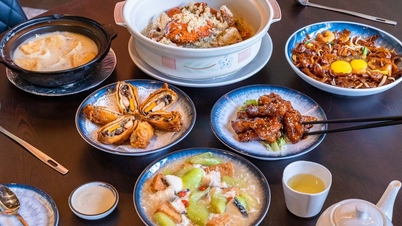







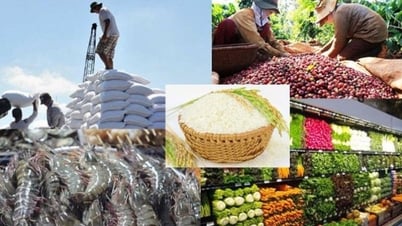


![[Photo] Worshiping the Tuyet Son statue - a nearly 400-year-old treasure at Keo Pagoda](/_next/image?url=https%3A%2F%2Fvphoto.vietnam.vn%2Fthumb%2F1200x675%2Fvietnam%2Fresource%2FIMAGE%2F2025%2F12%2F02%2F1764679323086_ndo_br_tempimageomw0hi-4884-jpg.webp&w=3840&q=75)
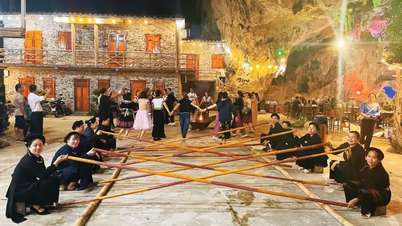

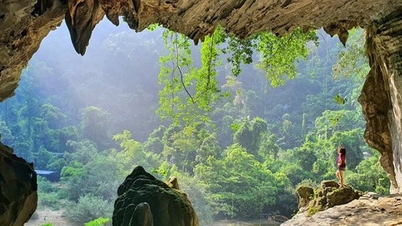

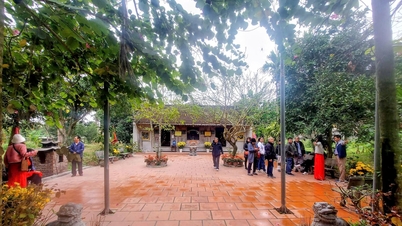

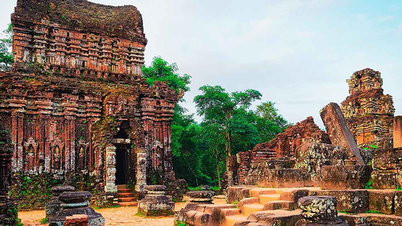



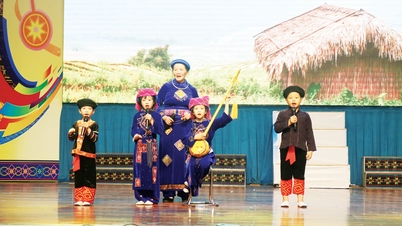

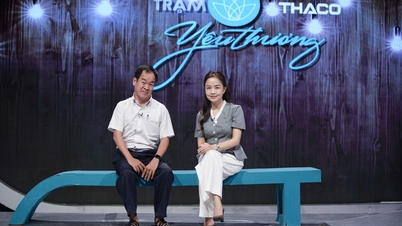



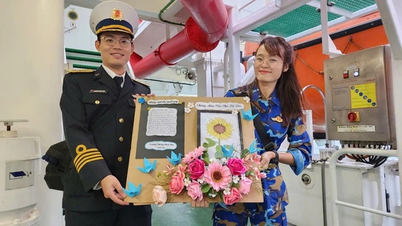


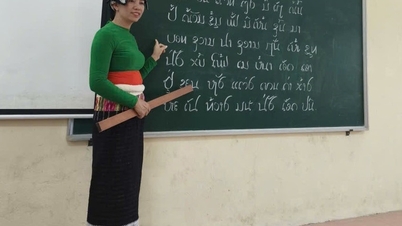

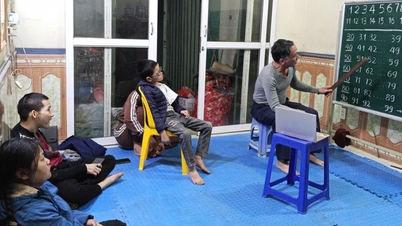
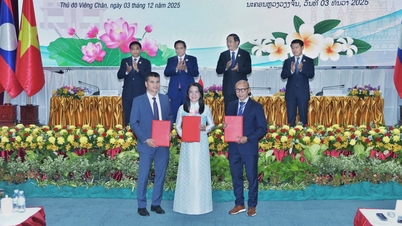






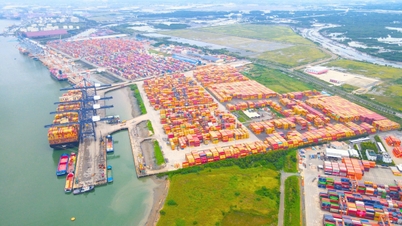
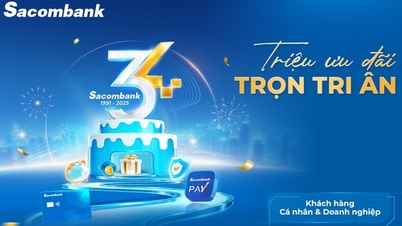

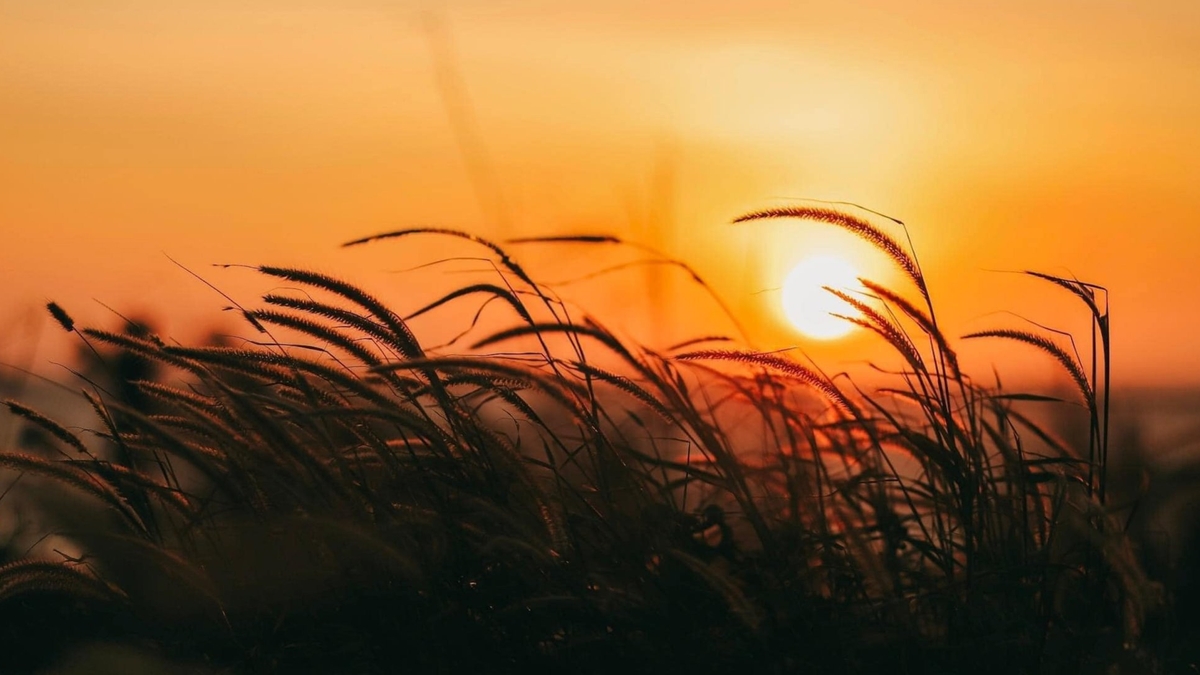





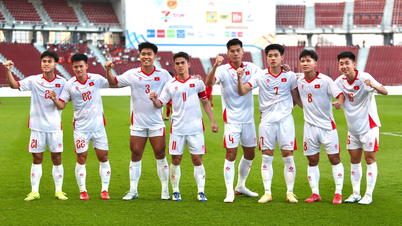

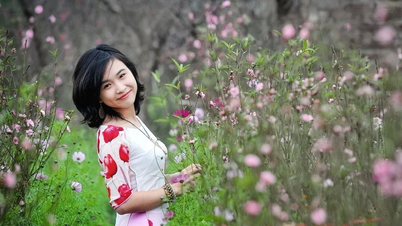


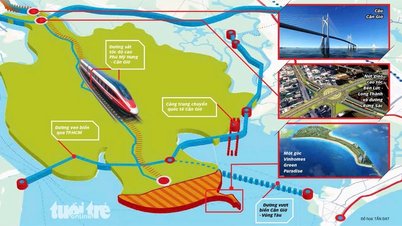


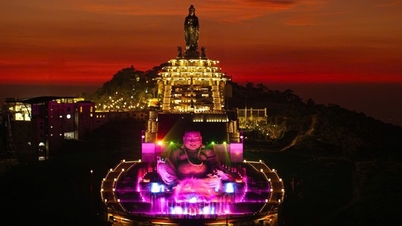
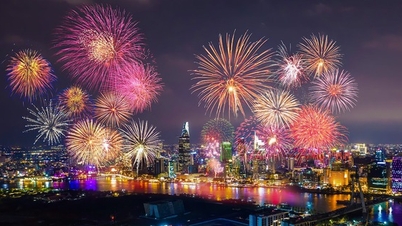


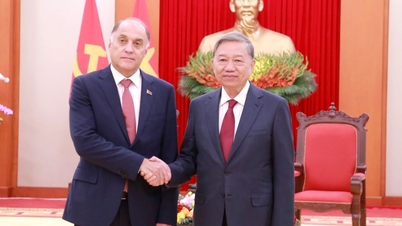

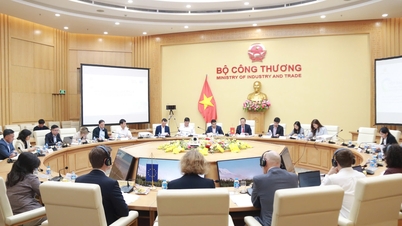
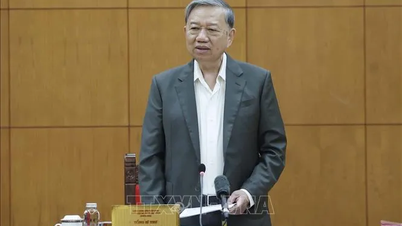

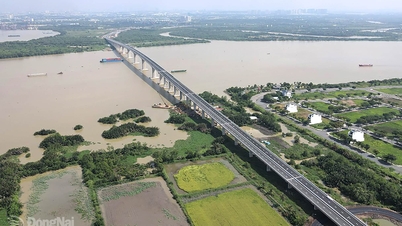

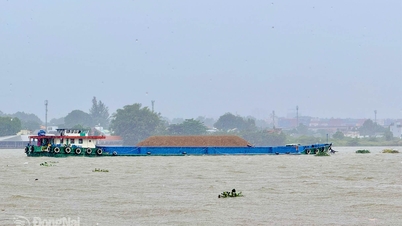
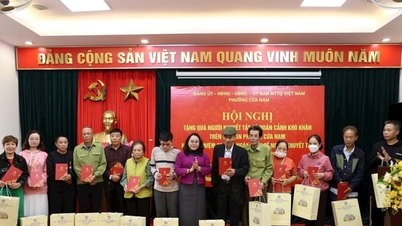



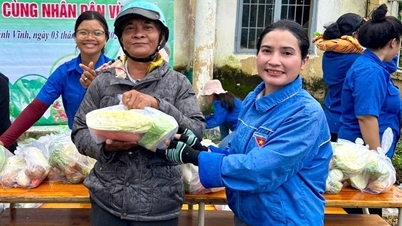













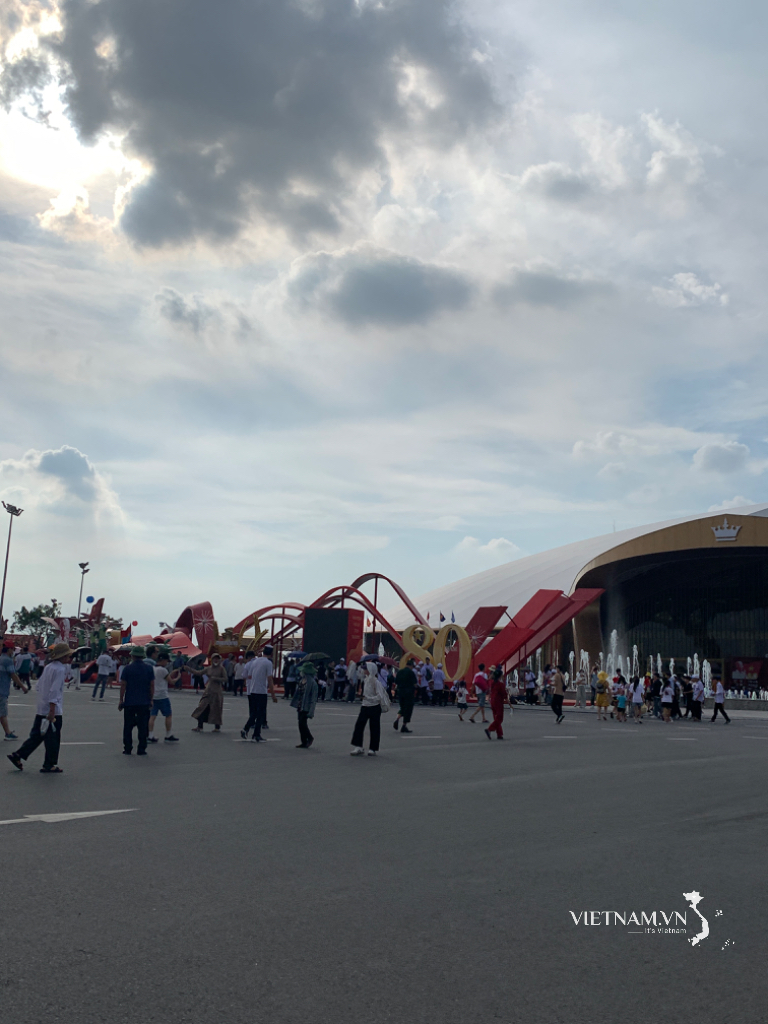
Comment (0)